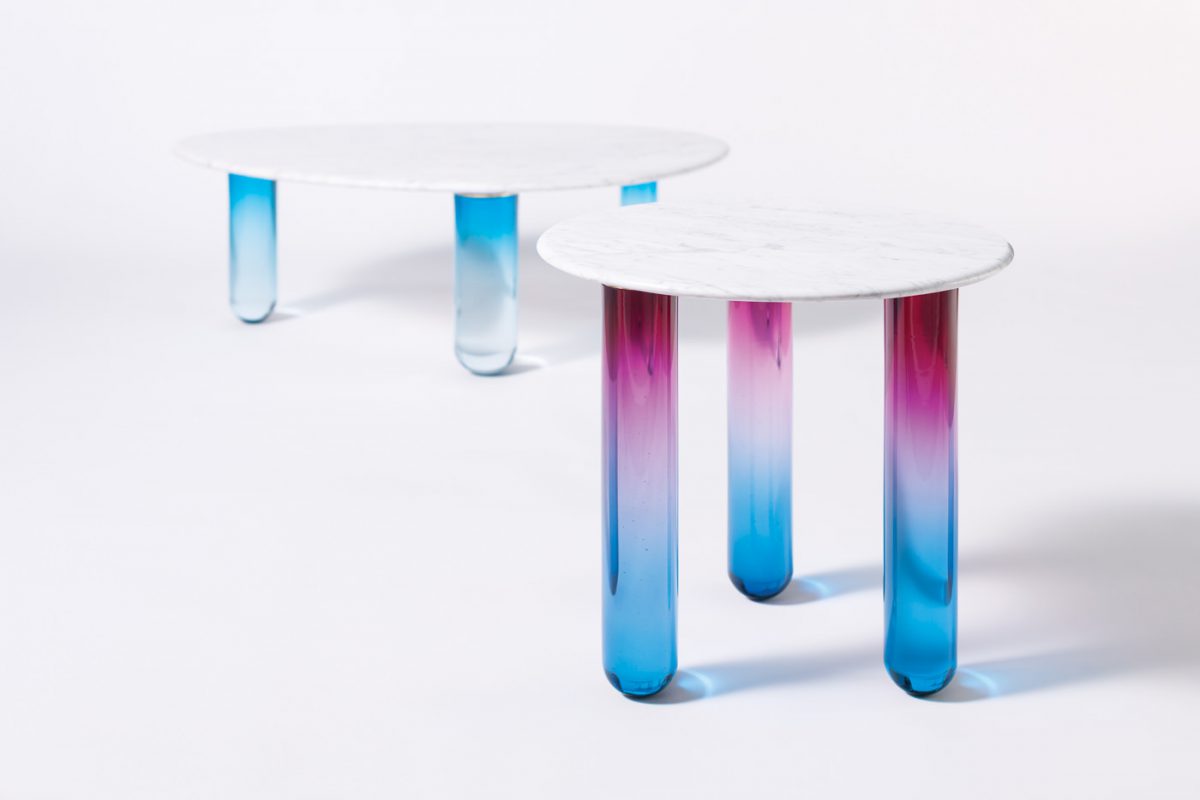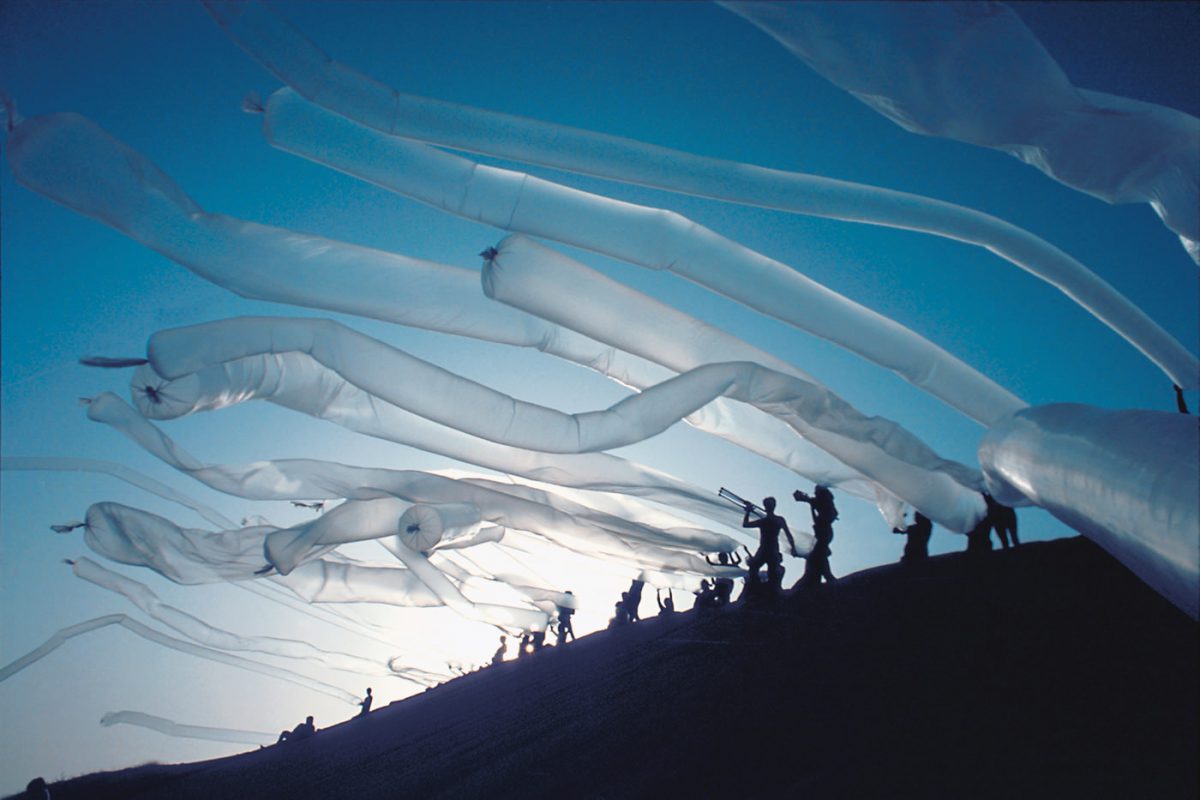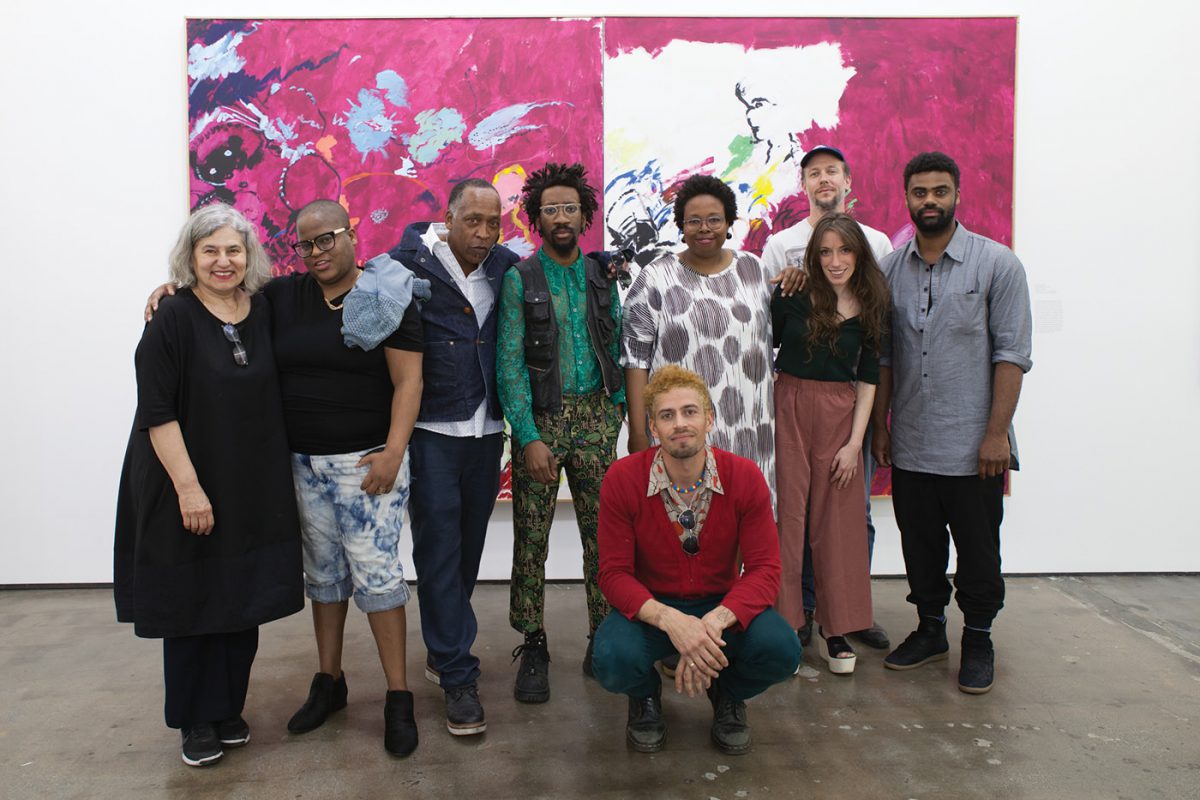Here in the heart of Hollywood, the equivalent of a casting call for visual artists seems entirely appropriate. Not unlike its entertainment industry counterpart, the art world is a fiercely competitive realm. Recognizing this, one organization has been devoted to helping emerging artists gain a foothold for much of the last century. Two or three times a year, the Los Angeles Art Association (LAAA) holds new artist screenings, accepting entries from emerging painters, sculptors, photographers, creators of assemblage, multimedia, collage, installations and video—not in competition for a role, but vying for membership.
The dynamic art organization, which celebrated its 90th anniversary in 2015, is a trove of resources and support for its artist members and a vital player in the LA art scene. In addition to programs geared to help its members build their careers, LAAA’s 2,100 square foot exhibition space, Gallery 825, provides a platform allowing emerging artists to gain exposure to collectors, curators, gallerists, and critics.
In an interview at the gallery on a quiet November afternoon, Peter Mays, LAAA executive director since 2005, said, “It’s about their talent. We’re just giving them some opportunities and resources to develop it a little bit.”
As noted, LAAA embraces a stunning diversity of artists pursuing a broad array of artistic disciplines. Today, there are more than 500 members, roughly 60 percent female, ranging in age from 18 to 80, with a concentration in the 20- to 35-year-old age range. Once they become members, artists have access to numerous services such as portfolio reviews, career advice, peer critique groups, workshops, and mentoring opportunities to help them on their paths. Of the nearly 200 artists who apply in each wave, about 20 percent are admitted after review by jury panel (a different panel each time). Annual dues are $290, with scholarships available to financially disadvantaged artists after the first year. The organization holds an annual benefit auction and other fundraising efforts to support this and other initiatives.

LAAA presented Elyse Wyman’s powerful and personal exhibition “Conceal/Reveal”
at Gallery 825
“Artists are amazingly talented folks,” Mays said, “and both the market and the world outside force them into being marketers of their work, spokespeople for their work, writers about their work. They’re expressing themselves visually initially, and that should be applauded, but the rest of the world is forcing them into these other discrete areas. It’s a need we can help them meet.”
In her recent solo show Fragmented Realities: City of Dreams, Teale Hatheway, an LAAA member since 2011, explored a dramatic concept. Mounted in the Wurdemann Gallery, the windowless back space of Gallery 825, Hatheway’s installation featured painted panels suspended from the ceiling, stenciled maps and prose chronicling different emotional responses to the city. A sort of artistic preservationist, Hatheway extrapolates design elements like cornices, lampposts and other Los Angeles architectural motifs, paying homage to the city’s history.
Itself entwined in the history of the city, LAAA has played a leading role in the local art community since its inception in 1925. Originally named the Museum Patrons’ Association, the non-profit organization has evolved dramatically from its initial raison-d’être, to offer the community an opportunity to view art and to build a collection of European and American art “for the people of Los Angeles.” In 1933 that collection was given to LACMA and the organization shifted its attention to local artists.
Several art-world notables played leadership roles in shaping the destiny of the LAAA. Lorser Feitelson, renowned hard-edge painter and host of the 1960s NBC series, Art in Our Times, served as LAAA director for many years, as did Helen Wurdemann, then Art in America’s Los Angeles correspondent Wurdemann, in particular, was a stabilizing force who steered the organization through much of its early development. Under Wurdemann’s leadership, the capital was raised to purchase the space at 825 North La Cienega Boulevard, a former shoe store, where LAAA has been located since 1961. The alumni roster includes art world luminaries such as Feitelson, Helen Lundeberg, Man Ray, Hans Burkhardt, Jules Engel, Rico LeBrun, Joe Mugaini, Millard Sheets, June Wayne, Frank Romero, and Jirayr Zorthian.
In recent years, Mays, who sees his role as that of a public art advocate, has expanded LAAA’s programming to include participation in local, national, and international art fairs and events, broadening the reach for member artists. Also invaluable is the exposure LAAA artists have to galleries and curators from museums like LACMA, the Hammer, MOCA, SFMoMA, and Mass MoCA. While outside experts have long participated in Gallery 825 programming, under Mays’ leadership exhibition protocol has expanded to maximize the placing of LAAA artists’ work before art-world decision makers. “We gave outside jurors full autonomy on all our programming,” said Mays, a curator himself. “Now, literally, 98 percent of everything you see here or off site is juried by an outside curator.”
One recent exhibit Chestnut was curated by Walter Maciel, owner of the eponymous Culver City gallery. The group show, which was on display this past October, explored narrative in contemporary art, even as connoted in abstract work. Commenting on the latitude and criteria of his selection process, Maciel said in an email interview, “The show sort of became a conceptual novel with subjects and themes weaving in and out. The abstractions were necessary to add different types of narrative that make their points within the context of the figurative and realist works. I chose works that were engaging because of content and/or use of materials but ultimately spoke to me and my personal taste.”
In concert with its exhibitions, Gallery 825 hosts monthly Conversations with the Artists, inviting the public to engage in informal dialogue with artists whose work is on view. At last November’s Conversation about three solo exhibits and Chestnut, Mays listened in, contributed insights and prompted the artists to reveal more about the personal motivation behind their work, much like a proud dad taking an active interest in the exploits of his kids.
Again, the main purpose of all this is to get recognition for the artists of LAAA and to help them launch viable careers. As such, unlike a commercial gallery, Mays is delighted when a gallerist comes along and takes away an LAAA artist. “We reside outside the art world politic by virtue of our non-profit status, and also the way we function,” Mays observes. “We want the artists in here to get poached. We don’t have a proprietary interest in them. At our openings sometimes you will see other gallerists here. There’s no conflict.” Taking stock of everything Gallery 825 offers, Mays zeroes in on what may be its most important attribute: community building. “The community is really a big part of who we are,” Mays said. “I think this is kind of a safe place for artists.”
In a related observation, Teale Hatheway said what she had valued most about her LAAA affiliation were the contacts she’s made among both artists and guest curators. Since her solo show, though, she has reassessed. “Today, I would say, far and away, the greatest value for me was my recent exhibition. LAAA is not a dainty organization. The competition is stiff and growing in numbers, but the non-profit nature of the space is ripe for experimentation and risk. The combination of those two qualities really forced and allowed me to push my proposal further… LAAA is a great opportunity for artists who are inclined to think big.”











